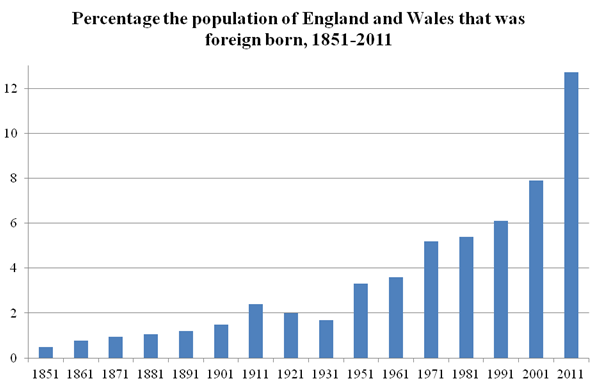Book: Endangered Tiger
Author: Neil Sinclair
Photos courtesy of Neil Sinclair



Photo courtesy of Bert Hardy:


Excerpts from the book:

Synopsis:
Approximately one square mile in size, Tiger Bay and the Docks comprises of a rich, diverse, multi-ethnic community that lacks many of the problems often associated with melting-pots such as this that exist around the world. Built on the wealth of slavery, iron, and coal, the workers and families in this area have brought great prosperity to Cardiff. So, why is there a concerted effort to wipe this urban village off the map and out of the memory of the people of Wales? Why does the media continue to delight in maligning and mis-representing this area and the people who live there? Where are the resources to sustain a community with a proud heritage of tolerance, industry, and humanity? Combining personal and family memories, interviews, and historical research, Neil M. C. Sinclair delves behind the headlines and offers a view of Cardiff's history not taught in schools. The image of the much-maligned Tiger Bay community is now about to receive a well-deserved and long overdue makeover. With major drama and musical stage productions concerning the fascinating history of Tiger Bay in the offing, it seems a renaissance of Cardiff's maritime history is about to take place. Indeed, by strategically placing commemorative and historically relevant Blue Plaques throughout the seafront community, the Wales Millennium Centre encourages one and all to celebrate the unique and exciting history our community once and still continues to represent. As part of that celebration, Afro-Celtic author Neil M. C. Sinclair now presents a new combined edition of the original version of The Tiger Bay Story with that of Endangered Tiger - A Community Under Threat, and moreover with the kind permission of Grangetown resident Lily Harris, local author and poet Arthur Duarte, and the recollections of Muriel Edwards, he adds to this new edition many other interesting tidbits of a life and times people of the old Tiger Bay and Docks community still remember and cherish. As the sequel to The Tiger Bay Story, Endangered Tiger was the author's attempt at documenting the social decline that began with the 1960s demolition of Tiger Bay that resulted in the dispersal of many of the community's multi-generational residents. It is now his fervent wish that these combined volumes will give to the people who lived in the dockland a sense of pride and to those who did not an understanding of one of Cardiff's most misunderstood communities. Updated with new and exciting material, in concert with a plethora of nostalgic photographs this edition is sure to rekindle treasured memories of a time long gone past.
Author: Neil Sinclair
Photos courtesy of Neil Sinclair



Photo courtesy of Bert Hardy:


Excerpts from the book:

Synopsis:
Approximately one square mile in size, Tiger Bay and the Docks comprises of a rich, diverse, multi-ethnic community that lacks many of the problems often associated with melting-pots such as this that exist around the world. Built on the wealth of slavery, iron, and coal, the workers and families in this area have brought great prosperity to Cardiff. So, why is there a concerted effort to wipe this urban village off the map and out of the memory of the people of Wales? Why does the media continue to delight in maligning and mis-representing this area and the people who live there? Where are the resources to sustain a community with a proud heritage of tolerance, industry, and humanity? Combining personal and family memories, interviews, and historical research, Neil M. C. Sinclair delves behind the headlines and offers a view of Cardiff's history not taught in schools. The image of the much-maligned Tiger Bay community is now about to receive a well-deserved and long overdue makeover. With major drama and musical stage productions concerning the fascinating history of Tiger Bay in the offing, it seems a renaissance of Cardiff's maritime history is about to take place. Indeed, by strategically placing commemorative and historically relevant Blue Plaques throughout the seafront community, the Wales Millennium Centre encourages one and all to celebrate the unique and exciting history our community once and still continues to represent. As part of that celebration, Afro-Celtic author Neil M. C. Sinclair now presents a new combined edition of the original version of The Tiger Bay Story with that of Endangered Tiger - A Community Under Threat, and moreover with the kind permission of Grangetown resident Lily Harris, local author and poet Arthur Duarte, and the recollections of Muriel Edwards, he adds to this new edition many other interesting tidbits of a life and times people of the old Tiger Bay and Docks community still remember and cherish. As the sequel to The Tiger Bay Story, Endangered Tiger was the author's attempt at documenting the social decline that began with the 1960s demolition of Tiger Bay that resulted in the dispersal of many of the community's multi-generational residents. It is now his fervent wish that these combined volumes will give to the people who lived in the dockland a sense of pride and to those who did not an understanding of one of Cardiff's most misunderstood communities. Updated with new and exciting material, in concert with a plethora of nostalgic photographs this edition is sure to rekindle treasured memories of a time long gone past.
You don't have permission to view the spoiler content.
Log in or register now.




